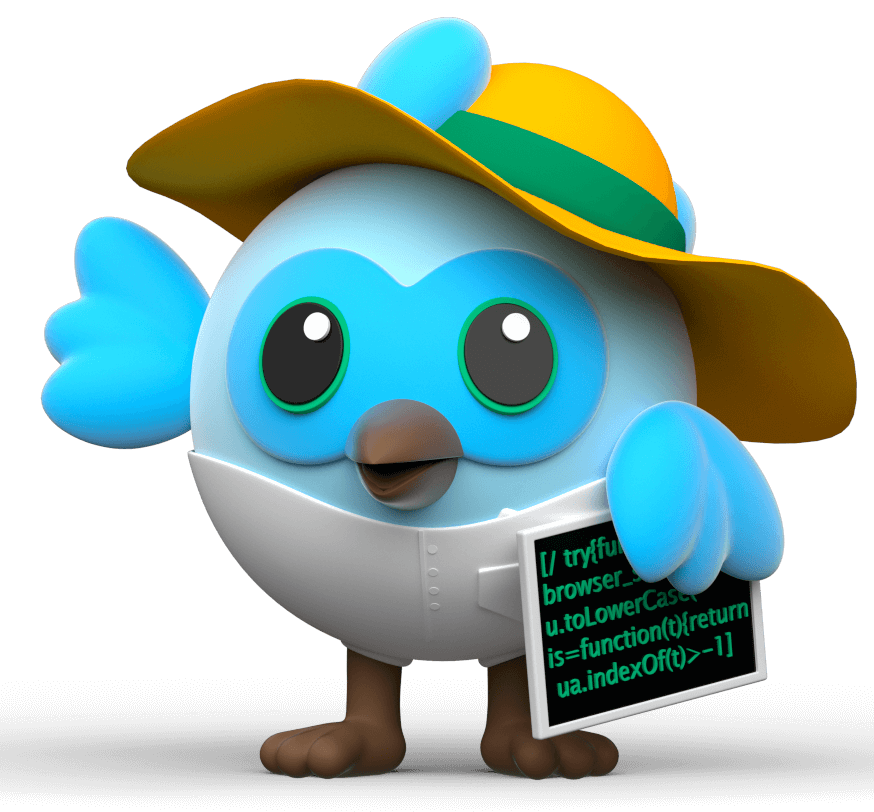Introduction
In the dynamic and complex ecosystem of software development, code portability is an absolute necessity.
In today's omnichannel era, companies are looking for solutions that can adapt to various platforms without sacrificing performance or quality.
This is where Flutter and Dart come into play, offering a robust platform for cross-platform development. This tech duo not only simplifies the lives of developers but also represents a cost-effective boon for companies focused on flexibility and scalability.
A Universe of Possibilities: Cross-Platform Deployment with Flutter
The concept of cross-platform development has always been perceived as a challenging ideal to achieve.
Historically, companies needed to invest in specialized teams for each platform, consuming significant amounts of time and money.
Flutter changes this equation.
The first advantage to highlight is its "write once, run anywhere" nature. Apps are coded just once and can then be deployed on iOS, Android, MacOS, Windows, and Linux.
This is not just a cost-saving measure in terms of direct development expenses, but it also ensures a consistent user experience across all channels. A single codebase means that all improvements, bug fixes, or added features are instantly reflected across all platforms.
Moreover, visual appearance and user experience aren't compromised. With Flutter, you have access to a rich set of widgets for creating distinct graphical interfaces. Visual consistency is thus assured, without having to contend with the constraints of each individual platform.
Ultimately, what makes Flutter particularly attractive for businesses is its potential to significantly reduce "time-to-market," which can be crucial in a competitive environment where every day counts.
Dart: The Swiss Army Knife of Programming
If Flutter is the framework, Dart is the glue that makes it all possible.
At first glance, Dart may seem like merely a support language for Flutter. However, that's far from the truth. Dart is a full-fledged programming language that enables developers to tackle a variety of challenges beyond UI.
It can be used for server development, database manipulation, and even for creating command-line applications. Dart is not just complementary to Flutter; it's a rich ecosystem in its own right that adds value to any development team.
Dart's flexibility is not just beneficial for developers; it's also advantageous for business decision-makers. Adopting Dart means you're investing in a technology that can be utilized across different facets of your infrastructure. You're not locked into a single path but are opening the door to unforeseen future possibilities.
The partnership between Dart and Flutter is like a symbiosis, where each contributes its strengths to create a solution that is truly comprehensive. Dart provides the versatility and robustness needed to make Flutter function at its peak, thereby creating a whole that is greater than the sum of its parts.
Smooth Migrations and Effective Integrations
Often, one of the most daunting challenges for a company is migrating from one technology to another. The integration of new technologies is usually a costly and time-consuming process, which deters many companies from making the leap. Flutter breaks down this barrier by offering a modular approach to migration.
You can easily integrate Flutter components into your native application, allowing you to reap the benefits of Flutter without having to start from scratch. This incremental approach to migration minimizes risks and allows for better resource management.
Next, there's the matter of integrations. Flutter's ecosystem is rich in plugins and libraries that allow for easy integration with other systems. Whether you need a payment service, a data analytics solution, or any other specific functionality, there's a good chance a Flutter plugin can handle it, thereby reducing cost and complexity of integration.
The Flutter and Dart Ecosystem: A Rapidly Growing Market
Flutter and Dart benefit from a rapidly growing ecosystem. Numerous libraries and plugins are developed by the community, thereby facilitating code sharing and reuse. The available libraries cover a wide range of functionalities, from authentication to payment systems, to augmented reality.
It's also worth mentioning that Google, the patron of Flutter and Dart, is heavily investing in these technologies. This not only guarantees their long-term relevance but also ensures their evolution in line with market needs.
In summary, this flourishing ecosystem constitutes a conducive environment for innovation and rapid development. Companies adopting Flutter and Dart are not just betting on a technology but on an entire universe of possibilities and resources.
Conclusion: Flutteris, Your Ally in the Flexible World of Flutter and Dart
Code portability is no longer a luxury but a requirement in our constantly evolving digital world.
Flutter and Dart meet this requirement by offering unparalleled versatility and efficiency.
They are tools that adapt to your needs, not the other way around.
By collaborating with Flutteris, you're adopting a future-oriented strategy. We offer complete expertise in Flutter-based development, from design to maintenance. Making Flutteris your technological partner means you're betting on a proven platform while ensuring long-term flexibility and profitability for your projects.
